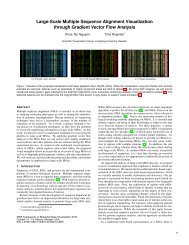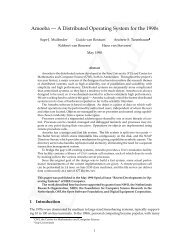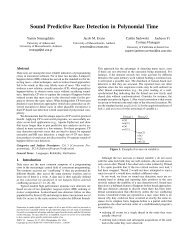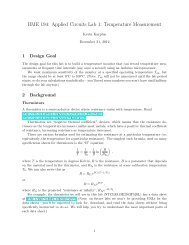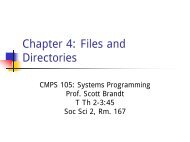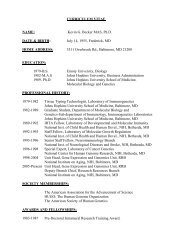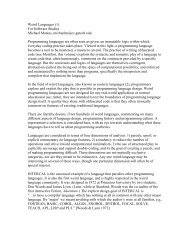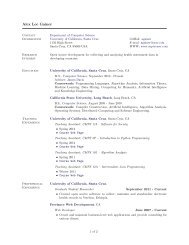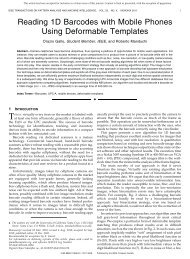A FAST AND ROBUST FRAMEWORK FOR IMAGE FUSION AND ...
A FAST AND ROBUST FRAMEWORK FOR IMAGE FUSION AND ...
A FAST AND ROBUST FRAMEWORK FOR IMAGE FUSION AND ...
You also want an ePaper? Increase the reach of your titles
YUMPU automatically turns print PDFs into web optimized ePapers that Google loves.
3. apply a method for fusing the information from multiple images which is<br />
(a) robust to inaccuracies in the forward model and the noise in the estimated data.<br />
(b) computationally efficient.<br />
In the last two decades, many papers have been published, proposing a variety of so-<br />
lutions to different multi-frame image restoration related inverse problems. These methods are<br />
usually very sensitive to their assumed model of data and noise, which limits their utility. This<br />
thesis reviews some of these methods and addresses their shortcomings. We use the statistical<br />
signal processing approach to propose efficient robust image reconstruction methods to deal<br />
with different data and noise models.<br />
1.2 Organization of this thesis<br />
In what follows in this thesis, we study several important multi-frame image fu-<br />
sion/reconstruction problems under a general framework that helps us provide fast and robust<br />
solutions.<br />
• In Chapter 2, we study the “multi-frame super-resolution” problem for grayscale images.<br />
To solve this problem, first we review the main concepts of robust estimation techniques.<br />
We justify the use of the L1 norm to minimize the data penalty term, and propose a<br />
robust regularization technique called Bilateral Total-Variation, with many applications<br />
in diverse image processing problems. We will also justify a simple but effective image<br />
fusion technique called Shift-and-Add, which is not only very fast to implement but also<br />
gives insight to more complex image fusion problems. Finally, we propose a fast super-<br />
resolution technique for fusing grayscale images, which is robust to errors in motion and<br />
blur estimation and results in images with sharp edges.<br />
• In Chapter 3, we focus on color images and search for an efficient method for remov-<br />
ing color artifacts in digital images. We study the single frame “demosaicing” problem,<br />
9




